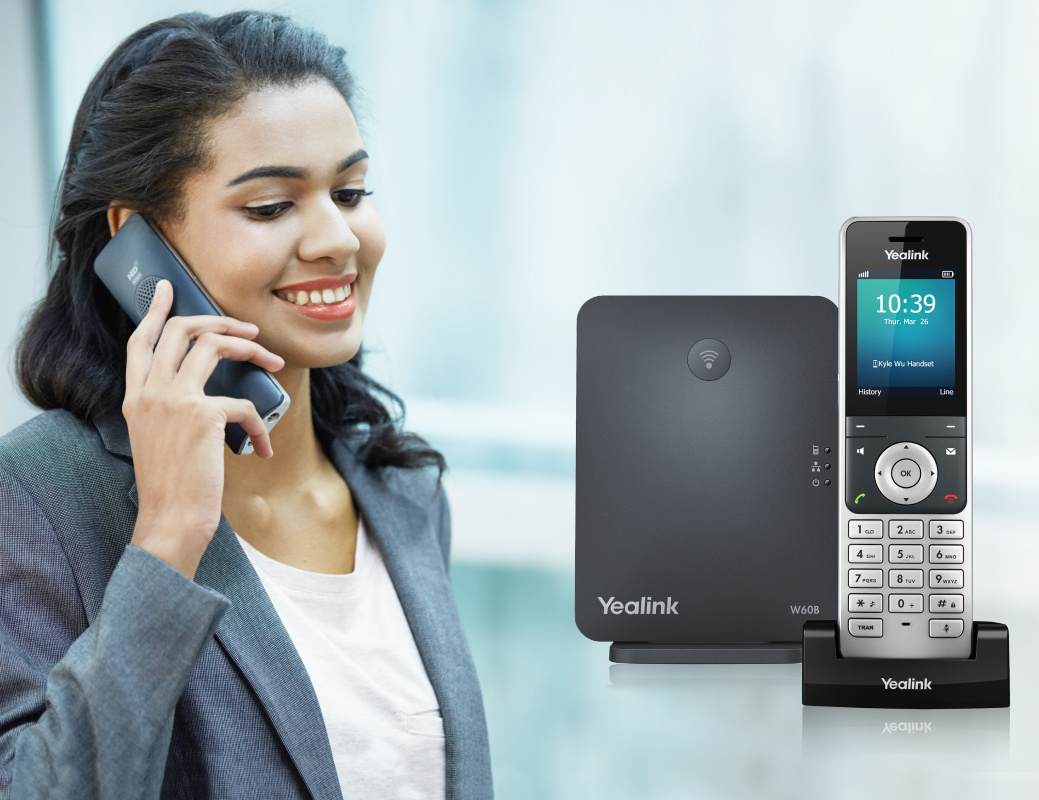Introduction
In the rapidly evolving landscape of communication technology, Voice over Internet Protocol (VoIP) has emerged as a game-changer. It allows users to make voice calls using the internet instead of traditional telephone lines. One of the cornerstones of this innovative technology lies in its protocols, which govern how voice data is transmitted over the internet. Understanding these protocols is not just an academic exercise; it’s essential for businesses and individuals alike who want to leverage VoIP phone systems effectively.
This article delves deep into the world of VoIP protocols, exploring their significance, functionality, and various types. We will also examine how these protocols contribute to the overall effectiveness of VoIP phone systems. Whether you're a business owner aiming to improve your communication infrastructure or simply curious about how VoIP works, this comprehensive guide will equip you with valuable insights.
VoIP Protocols Explained: What Makes Them Essential?
What Are VoIP Protocols?
VoIP protocols are a set of rules that dictate how voice data is transmitted over the internet. They serve as the backbone of any VoIP phone system, allowing for efficient and reliable communication. These protocols ensure that voice signals are compressed, transmitted, and decompressed accurately, enabling seamless conversations between parties.
Why Are VoIP Protocols Important?
The importance of VoIP protocols cannot be overstated. They play a crucial role in ensuring high-quality audio transmission while minimizing latency and packet loss. Without these protocols, voice communications would be fraught with interruptions, poor sound quality, and other issues that could undermine trust in modern telecommunication systems.
Types of VoIP Protocols
1. Signaling Protocols
Signaling protocols are responsible for establishing and controlling connections between VoIP devices. They handle tasks such as call setup, termination, and management.
- Session Initiation Protocol (SIP) H.323 Media Gateway Control Protocol (MGCP)
2. Media Transport Protocols
These protocols govern how media streams—such as voice or video—are delivered across the network.
- Real-time Transport Protocol (RTP) Secure Real-time Transport Protocol (SRTP) Real-time Control Protocol (RTCP)
3. Codec Standards
Codecs compress and decompress audio signals to facilitate efficient transmission over networks.
- G.711 G.729 Opus
Understanding SIP: The Backbone of Modern VoIP Systems
What Is SIP?
The Session Initiation Protocol (SIP) is one of the most widely used signaling protocols in VoIP technology today. It enables users to initiate and control multimedia communication sessions such as voice calls and video conferences.
How Does SIP Work?
SIP operates by sending messages between endpoints in a standardized format that denotes various commands such as "Invite," "Bye," or "Register." This allows for flexible communication scenarios ranging from simple calls to complex conference setups.
Key Features of SIP:
- Supports multimedia sessions Facilitates user mobility Enables integration with other applications
Exploring H.323: Older Yet Reliable
What Is H.323?
While newer technologies like SIP have gained popularity, H.323 remains relevant due to its robustness in handling multimedia communications over IP networks.
Use Cases for H.323:
H.323 is particularly common in enterprise environments where legacy systems still operate alongside newer technologies.
Advantages of H.323:
Compatibility with existing networks Comprehensive feature setsMedia Transport: The Role of RTP & SRTP
Understanding RTP
The Real-time Transport Protocol (RTP) is essential for delivering audio and video streams over IP networks efficiently.
Why Use SRTP?
Secure Real-time Transport Protocol (SRTP) enhances RTP by adding encryption and message authentication features, making it suitable for secure communications in sensitive environments.
Codec Selection: A Key Component in Quality Transmission
Importance of Codecs in VoIP Phone Systems
Codecs play a vital role in determining call quality by compressing audio signals for efficient transmission without sacrificing clarity.

Popular Codecs Used in VoIP:
G.711 - Offers high-quality audio but requires more bandwidth. G.729 - Compressed codec ideal for low-bandwidth situations. Opus - Flexible codec supporting various bit rates and applications.Quality Management: Ensuring Call Clarity with QoS
Quality of Service (QoS) ensures that voice packets receive priority on busy networks to maintain clarity during calls.
How QoS Works:
QoS mechanisms classify traffic types and allocate bandwidth accordingly, reducing latency and packet loss during peak usage times.
Security Measures: Protecting Your Communication Channels
As cyber threats grow more sophisticated, understanding security measures related to VoIP protocols becomes crucial.
Common Security Threats:
Eavesdropping Denial-of-Service Attacks Toll FraudBy employing encryption methods like SRTP alongside secure signaling protocols like TLS (Transport Layer Security), organizations can safeguard their communications against potential threats effectively.
FAQ Section
1. What are the main benefits of using a VoIP phone system?
VoIP phone systems offer cost savings, flexibility, scalability, advanced features like voicemail-to-email conversion, and improved call quality compared to traditional systems.
2. Can I use my existing phones with a VoIP system?
Yes! Many businesses can use existing analog phones with adapters known as Analog Telephone Adapters (ATAs).
3. How does latency affect call quality in VoIP?
High latency can cause delays between speakers during conversations, making them difficult or frustrating to navigate effectively.

4. What roles do codecs play in my call experience?
Codecs determine sound quality based on their compression techniques; choosing the right codec is crucial depending on your bandwidth availability!
5. Is it necessary to implement QoS when using VoIP?
Implementing QoS helps prioritize voice traffic on your network—especially important during peak usage times—to maintain clear call quality!
6. Are there compatibility issues between different types of VoIP services?
Generally speaking—most modern systems support widespread standards like SIP or H323—but http://brooksakuq125.theglensecret.com/streamlined-communication-channels-through-advanced-voip-phone-systems always check specific providers before switching services!
Conclusion
In conclusion, understanding "VoIP Protocols Explained: What Makes Them Essential?" opens up new avenues for effective communication strategies through modern technology! By leveraging these various protocols—including SIP for signaling purposes along with RTP/SRTP for media transport—you can significantly enhance your organization's communication capabilities while ensuring security measures are implemented properly too! With ongoing innovations within this sector—staying informed about these critical components ensures you’re never left behind regarding optimal performance from your chosen voip phone systems!
Embracing this knowledge equips professionals not only with theoretical insights but practical applications too—ultimately leading toward better connectivity & collaboration across teams globally!
